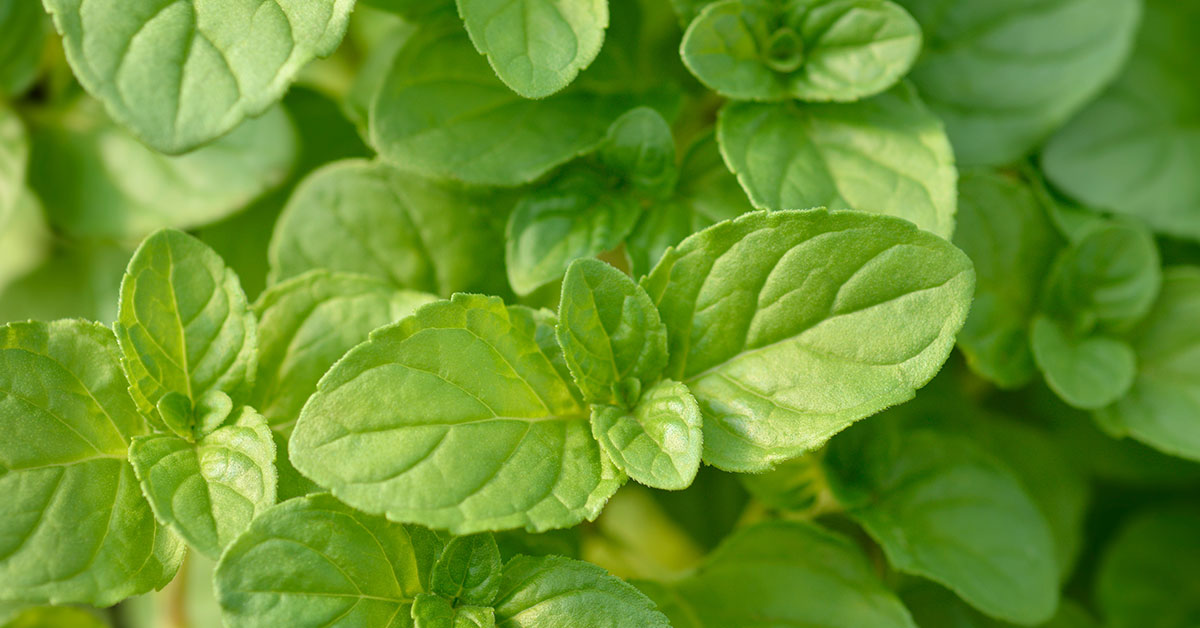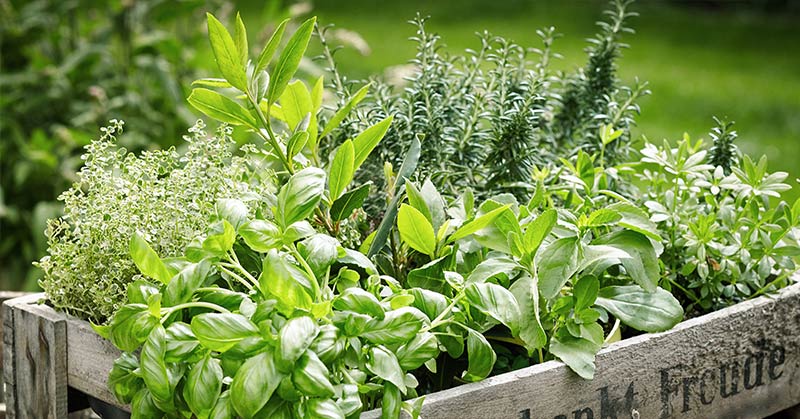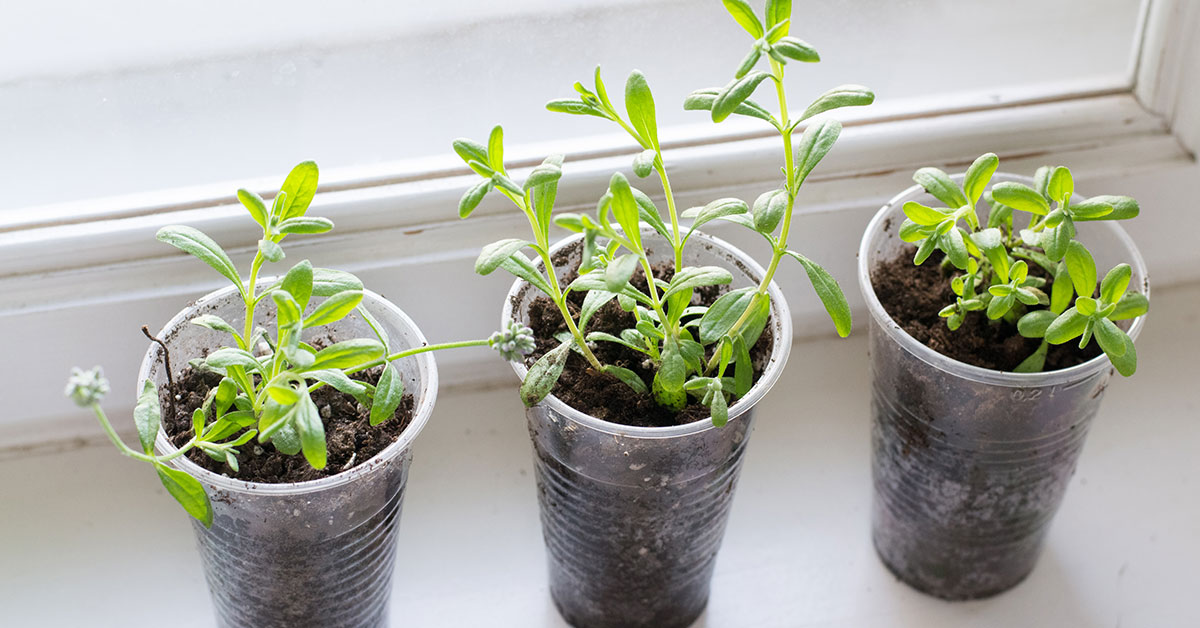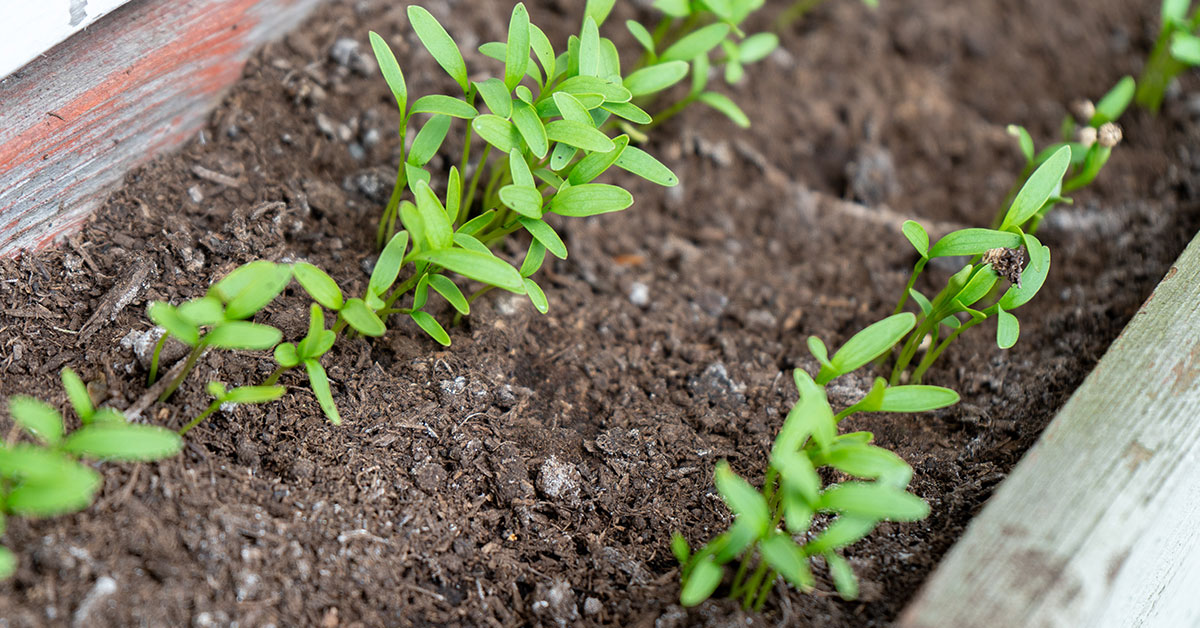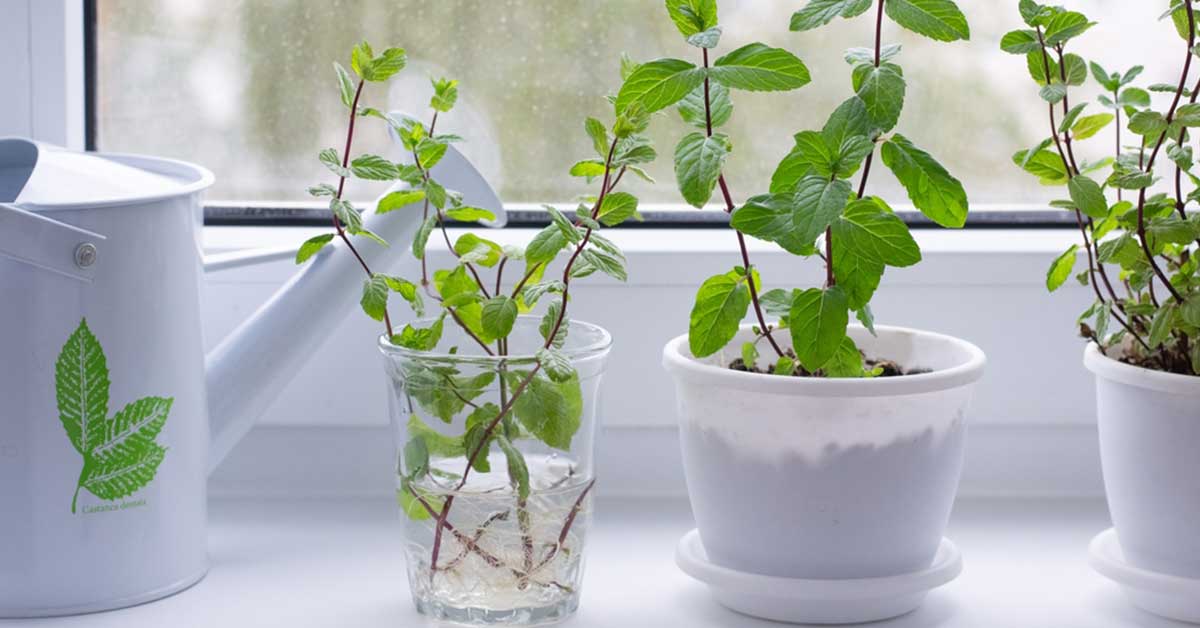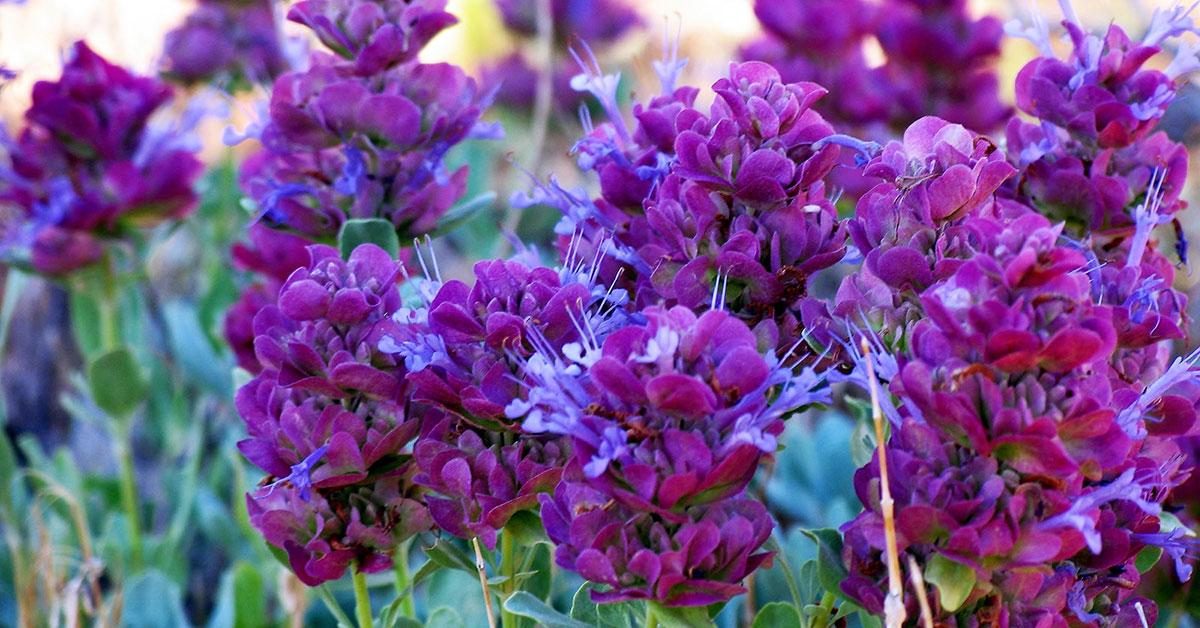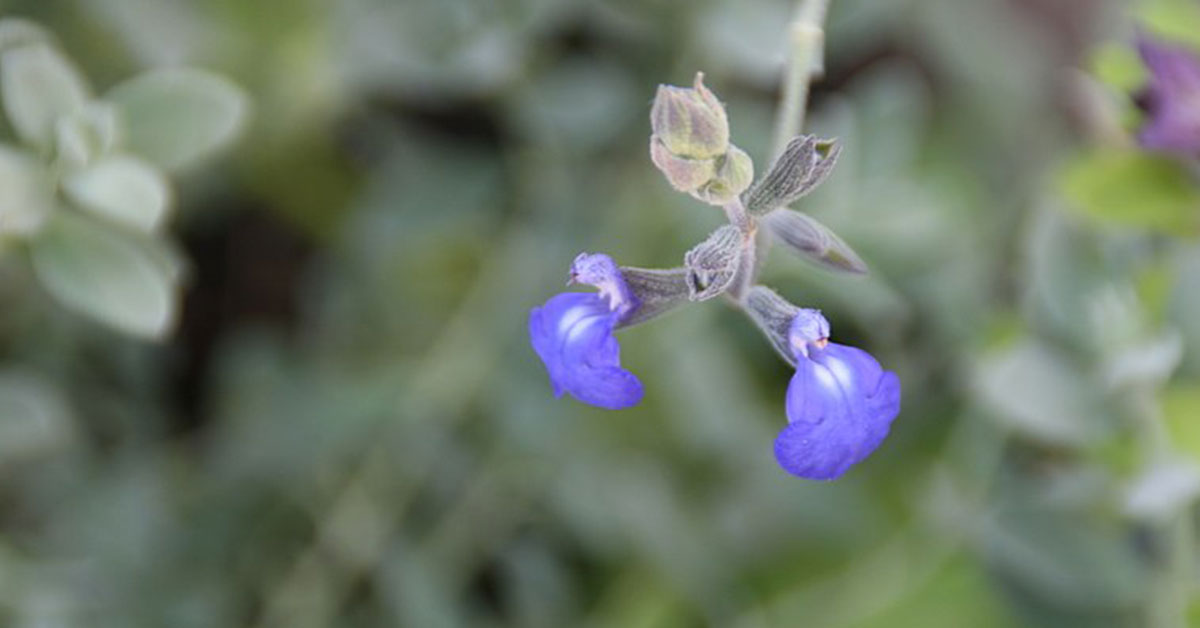Basil mint, also known as Mentha × piperita ‘Basil’, is a popular herb that is a hybrid of spearmint and watermint. It is a unique and flavorful herb that can be used in a variety of culinary and medicinal applications. Basil mint is primarily grown for its aromatic leaves, which are used fresh or dried in salads, sauces, teas, and cocktails. In this blog post, we will explore the history, uses, and benefits of basil mint, as well as tips for growing and harvesting this versatile herb.
What is a Basil Mint?
Basil Mint (Mentha × piperita ‘Basil’) is a hybrid mint plant that is a cross between watermint (Mentha aquatica) and spearmint (Mentha spicata). It is also known as “Berries and Cream” or “Strawberry Mint” due to its fruity and sweet flavor profile.
Like other mint plants, Basil Mint is known for its aromatic leaves that have a refreshing and invigorating scent. Its leaves are bright green and slightly fuzzy, with a serrated edge. The plant can grow up to 2 feet tall, and it produces small, pink or white flowers in the summer months.
Basil Mint is a popular herb for culinary use, as it adds a unique and delicious flavor to a variety of dishes. Its fruity notes make it a great addition to desserts, such as ice cream or fruit salads, while its minty undertones can enhance savory dishes like roasted vegetables or grilled meats.
In addition to its culinary uses, Basil Mint is also used for medicinal purposes. The plant contains essential oils that are known for their antibacterial and anti-inflammatory properties, making it a popular ingredient in natural remedies for colds, coughs, and sore throats.
Overall, Basil Mint is a versatile and flavorful herb that is easy to grow and use in a variety of ways. Whether you’re a home cook or an herbalist, this plant is definitely worth adding to your garden or kitchen.
What makes Basil Mint different from other varieties?
Basil Mint is a unique variety of mint that is distinct from other types of mint plants. Here are a few things that make Basil Mint stand out in the world of herbs:
- Aromatic profile: Basil Mint has a unique aroma that combines the sweet, floral scent of basil with the cool, refreshing aroma of mint. This makes it a popular choice for use in herbal teas, cocktails, and culinary applications.
- Flavor profile: In addition to its aromatic qualities, Basil Mint also has a distinctive flavor profile that sets it apart from other types of mint. The flavor is sweet and slightly fruity, with a refreshing cooling sensation that is characteristic of mint.
- Appearance: Basil Mint has a unique appearance that sets it apart from other types of mint. The leaves are larger and more oval-shaped than other varieties of mint, and they have a slightly fuzzy texture. The plant itself is also larger and more robust than other types of mint, making it an excellent choice for use in landscaping or as a decorative plant.
- Medicinal properties: Like other varieties of mint, Basil Mint has a range of medicinal properties that make it a popular choice for herbal remedies. It is known for its ability to soothe digestive issues, relieve headaches, and reduce stress and anxiety.
Overall, Basil Mint is a unique and versatile herb that is well worth adding to your garden or culinary repertoire. Whether you’re using it to add flavor and aroma to your cooking or to create a soothing herbal tea, Basil Mint is sure to delight your senses and provide a range of health benefits.
How to grow Basil Mint
If you’re interested in growing mint in your garden or in containers, here’s a brief guide to help you get started:
- Choosing a Location: Select a location that receives partial to full sun. Mint can tolerate some shade but prefers sunlight for optimal growth. Ensure the area has well-drained soil.
- Obtaining Mint Plants: Purchase mint plants from a nursery or garden center, or propagate them from cuttings. Mint can also be grown from seeds, but it’s generally easier and faster to start with established plants.
- Planting Mint: Dig a hole slightly larger than the root ball of your mint plant. Place the plant in the hole, ensuring it is at the same depth as it was in the container. Fill the hole with soil and gently firm it around the plant. Space multiple plants about 12 to 18 inches apart to allow for their spreading habit.
- Watering and Soil: Mint prefers consistently moist soil. Water the plants regularly, keeping the soil evenly moist but not waterlogged. Avoid letting the soil dry out completely between waterings. Use mulch around the base of the plants to help retain moisture and suppress weed growth.
- Maintenance: Regularly check for pests and diseases. Monitor the plants for any signs of infestation or damage, such as aphids or leaf discoloration, and take appropriate action if needed. Prune back any leggy or overgrown stems to encourage bushier growth.
- Harvesting Mint: You can start harvesting mint leaves once the plants have become established. Harvest by snipping off individual leaves or cutting stems just above a set of leaves. Regular harvesting will encourage new growth and keep the plant bushy and healthy. Enjoy fresh mint leaves in beverages, salads, desserts, or use them for culinary purposes.
- Containing Mint: To control the spreading nature of mint, consider planting it in containers or using barriers like buried pots or root guards in the ground. This will help prevent it from taking over your garden.
By following these simple steps, you can successfully grow your own mint, providing a fresh supply of aromatic leaves for culinary delights and adding a delightful fragrance to your garden.
Common problems
Mint is a versatile and aromatic herb that can be a wonderful addition to any garden or herb collection. However, like any plant, mint can encounter certain issues that may affect its growth and vitality. Here is a brief guide to common problems you may encounter when growing mint, along with some tips on how to address them:
- Overwatering: Mint prefers moist but well-draining soil. Overwatering can lead to root rot and other fungal diseases. Ensure the soil has adequate drainage and water only when the top inch of soil feels dry.
- Poor Drainage: Mint requires good drainage to prevent waterlogged roots. If your soil retains excess moisture, consider adding organic matter or planting mint in containers with drainage holes.
- Lack of Sunlight: Mint thrives in full sun to partial shade, typically requiring at least 4-6 hours of sunlight per day. If your mint is not receiving enough sunlight, consider relocating it to a sunnier spot.
- Insufficient Air Circulation: Mint can be susceptible to fungal diseases if it lacks proper air circulation. Plant mint with sufficient spacing between plants to allow air to flow freely and reduce humidity around the leaves.
- Invasive Growth: Mint has a reputation for spreading vigorously and can become invasive if not properly contained. To prevent its aggressive growth, consider planting mint in containers or using root barriers in the ground.
- Pests: Mint can attract pests such as aphids, spider mites, and mint flea beetles. Monitor your plants regularly and take appropriate action at the first sign of infestation. Use organic insecticidal soaps or sprays, or try attracting beneficial insects that feed on these pests.
- Disease: Mint can be susceptible to fungal diseases like powdery mildew and rust. To prevent these diseases, avoid overhead watering, provide adequate spacing for air circulation, and promptly remove any infected leaves.
By being aware of these common problems and taking preventive measures, you can ensure healthy and thriving mint plants in your garden. Regular monitoring, proper care, and timely intervention will help you enjoy the fresh, aromatic leaves of your mint plant throughout the growing season.
Uses
Basil Mint, scientifically known as Mentha × piperita ‘Basil,’ is a popular herb that belongs to the mint family. This aromatic herb is a hybrid plant of two different mint species, namely watermint and spearmint. Basil Mint has a unique sweet and spicy flavor, making it a favorite herb among chefs and culinary enthusiasts.
Here are some of the most common uses for Basil Mint:
- Culinary Purposes: Basil Mint is a popular herb used in various culinary dishes. It has a unique flavor that adds a refreshing taste to salads, sauces, and marinades. You can use fresh or dried Basil Mint leaves to prepare different dishes such as pesto, soup, and stews.
- Medicinal Benefits: Basil Mint is known for its medicinal properties. It contains essential oils that have anti-inflammatory, antiseptic, and antibacterial properties. The herb is commonly used to treat digestive problems, headaches, and respiratory illnesses such as asthma and coughs.
- Aromatherapy: Basil Mint essential oil is popular in aromatherapy. The oil is extracted from the leaves and stems of the herb and is used to promote relaxation, reduce stress, and improve mood.
- Insect Repellent: Basil Mint has natural insect-repelling properties. You can plant Basil Mint in your garden to keep insects such as mosquitoes and flies away. You can also use Basil Mint essential oil as a natural insecticide.
- Skincare: Basil Mint leaves have antioxidant properties that help to protect the skin from damage caused by free radicals. The herb is commonly used in skincare products such as lotions, creams, and soaps.
Basil Mint is a versatile herb that has a wide range of uses. Whether you use it for culinary purposes, medicinal benefits, aromatherapy, insect repellent, or skincare, this herb is an excellent addition to your garden or pantry.
